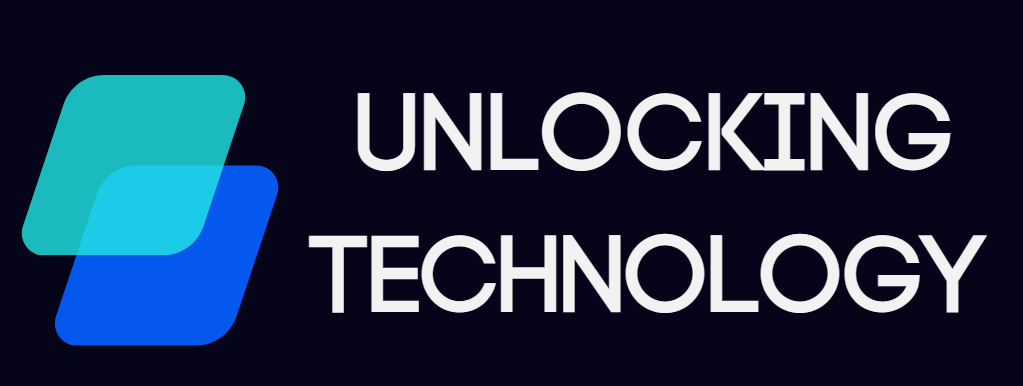The Smart Cities Revolution: Harnessing the Power of IoT for a Connected Future
In the realm of technological advancements, few concepts hold as much promise and potential as smart cities. These futuristic urban landscapes have the potential to transcend the boundaries of the present through the transformative capabilities of the Internet of Things (IoT). As we stand on the brink of a new era, it is worth delving deeper into the complex relationship between smart cities and the IoT, exploring the layers that make up this revolution and exploring the broader opportunities. What it portends for a truly connected future.
Convergence of IoT and Smart Cities.
Imagine a city where traffic lights communicate seamlessly with vehicles to improve traffic flow, send alerts when trash cans are full, and street lights only illuminate when pedestrians are present. are This integrated symphony of actions is the result of IoT's role in smart cities.
At its core, the IoT is a complex network of interconnected devices, each acting as a node in a digital ecosystem. These devices are equipped with sensors that collect data and transmit it to central hubs, where it is analyzed and converted into actionable insights. In the context of smart cities, this means that every aspect of urban life – transportation, energy consumption, public safety, environmental monitoring – can be optimized for efficiency, sustainability and citizen well-being.
Key components of the smart city revolution
1. Ubiquitous Sensors:
IoT's impact on smart cities lies in the widespread use of sensors. These little technological marvels can detect light, temperature, motion, sound and various other variables. In smart cities, they are embedded in infrastructure, vehicles and even clothing, creating a sensory network that captures the pulse of urban life.
2. Data Overload and Analytics:
The true power of the IoT lies in its ability to generate vast amounts of data – data that can be turned into meaningful insights through advanced analytics. This data-driven approach empowers city planners and policymakers to make informed decisions, whether it's improving public transportation routes, forecasting demand for energy resources, or emergency response times. includes improving
3. Contact Strength:
The power of IoT lies in its interconnected nature. A smart city thrives on coordination between devices, where information flows seamlessly from one node to another. This connectivity not only enables real-time data analysis but also facilitates rapid response to dynamic urban challenges.
4. Urban Central Design:
A truly connected future puts citizens at the center of urban innovation. IoT technology allows the development of user-friendly applications that empower citizens to actively engage with their surroundings. Whether it involves checking real-time public transportation schedules or reporting infrastructure problems, citizens become active participants in civic governance.
5. Sustainable Urbanization:
Challenges on the Road to Utopia
The journey towards fully realized smart cities is not without its obstacles. As the world enters this new era, challenges arise that call for innovative solutions.
1. Data Security and Privacy:
The abundance of data collected by IoT devices raises concerns about privacy and security. Maintaining a delicate balance between the use of data and the protection of personal information is a significant challenge.
2. Infrastructure investment:
The transition to a smart city requires significant investment in infrastructure. From setting up IoT networks to deploying sensors and data processing centers, funding these projects is a critical task.
3. Digital Inclusion:
While the smart city revolution has the potential to uplift communities, the digital divide threatens to deepen existing disparities. Ensuring equitable access to technolo
gy and its benefits is a key challenge for successful implementation of smart solutions.
A glimpse of yesterday
As we glimpse the future, the symbiotic relate
ionship between IoT and smart cities becomes evident with stunning clarity. Imagine roads that adapt to real-time traffic patterns, reducing congestion and emissions. Imagine waste management systems that improve collection routes, reduce fuel consumption. Picture energy-efficient buildings that adjust temperature and lighting based on occupancy.
The smart city revolution is not just about technological innovation. It's about enhancing the human experience. It is about creating environments that are s.




0 Comments